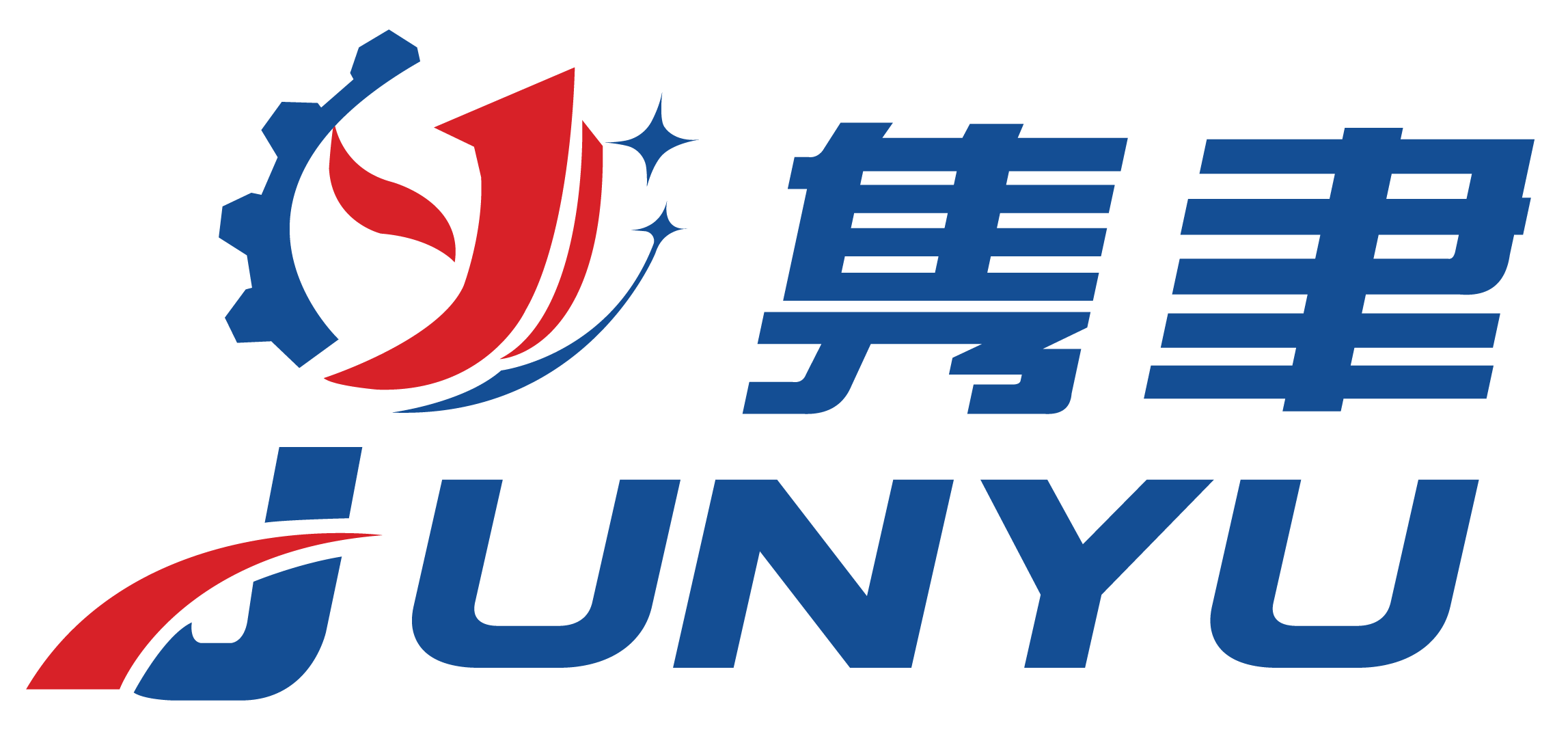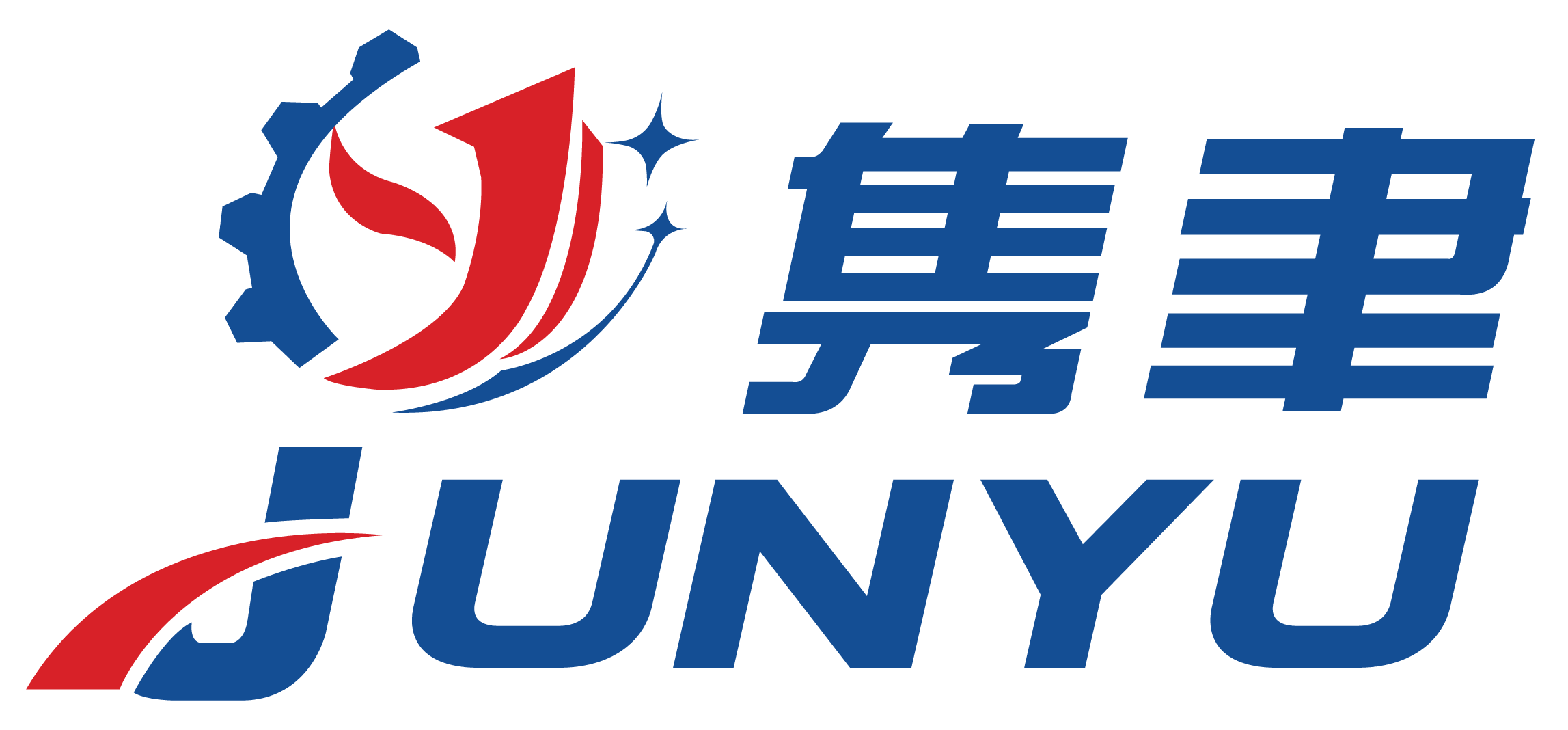Over 30 Years Production Experience
Provide You with Gummy Candy Production Line Solutions
Trustworthy China Candy Machine Manufacturer>
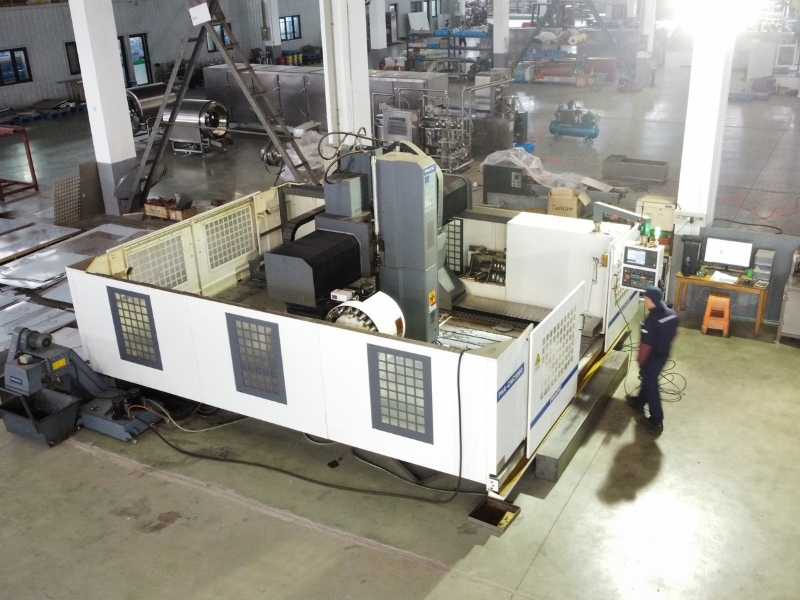
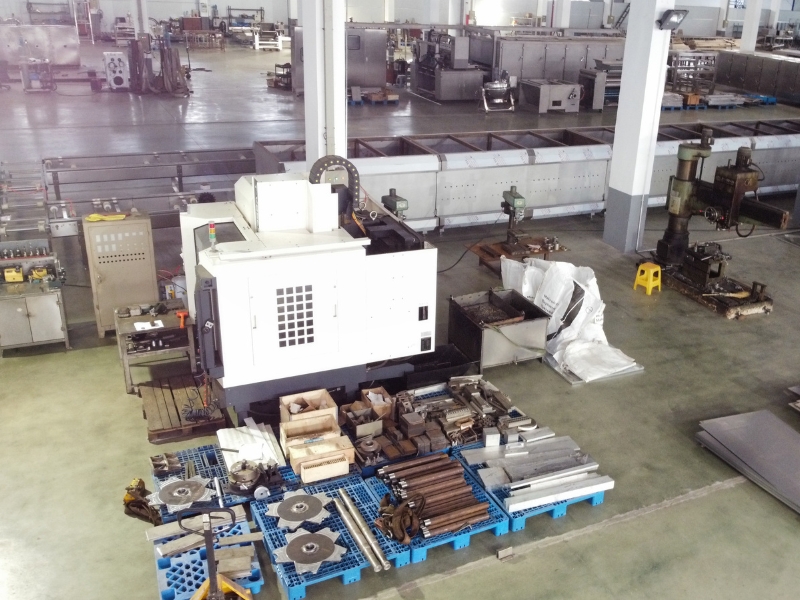
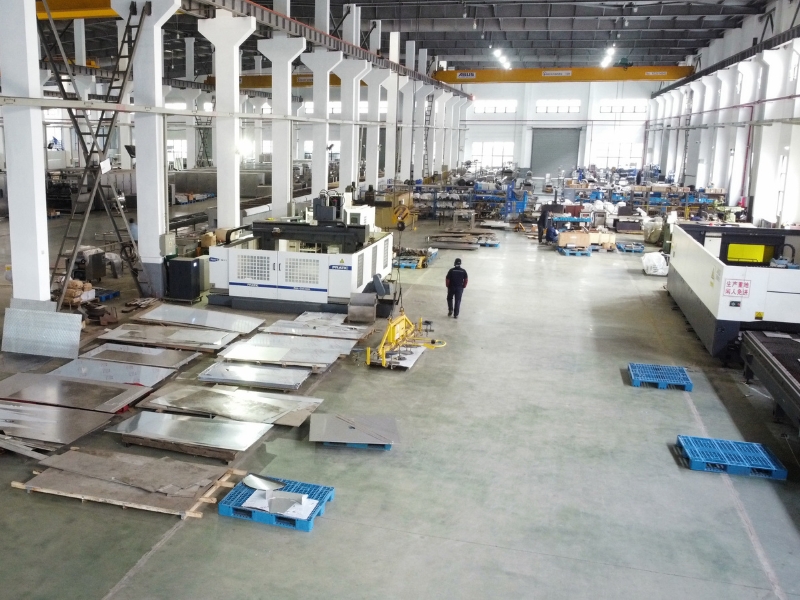
The Most Popular Gummy Candy Production Line Series
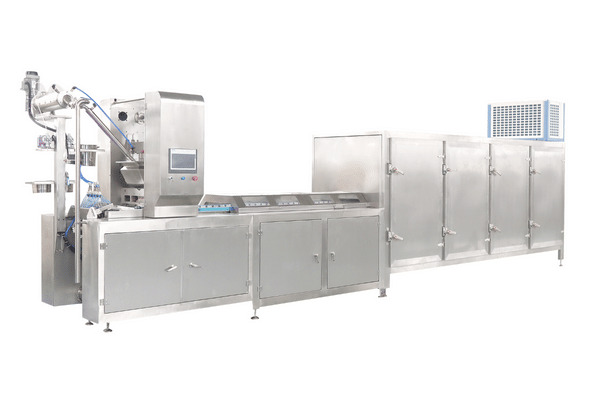
Medium Scale Gummy Production Line
JY-80
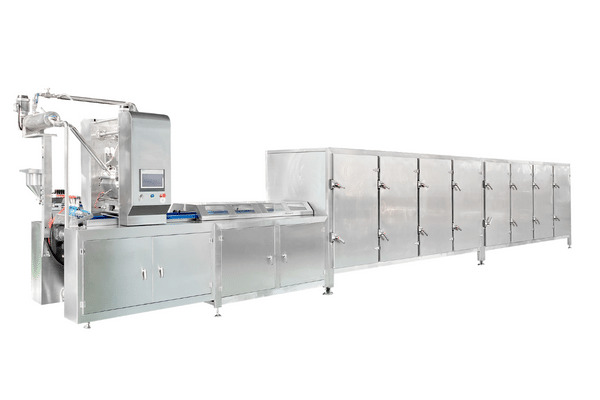
Medium Scale Gummy Production Line
JY-150
Large and Ultra Large Gummy Candy Production Line Series
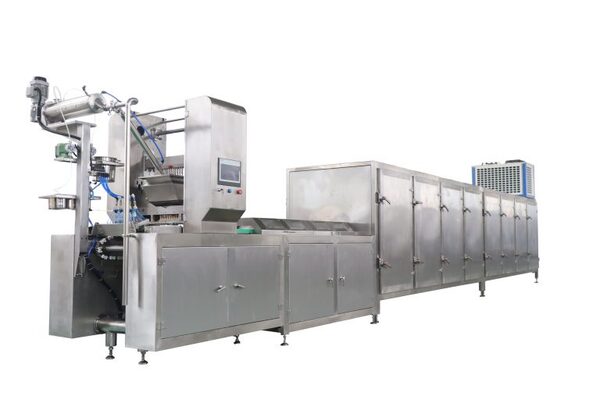
Large Scale Gummy Production Line
JY-300
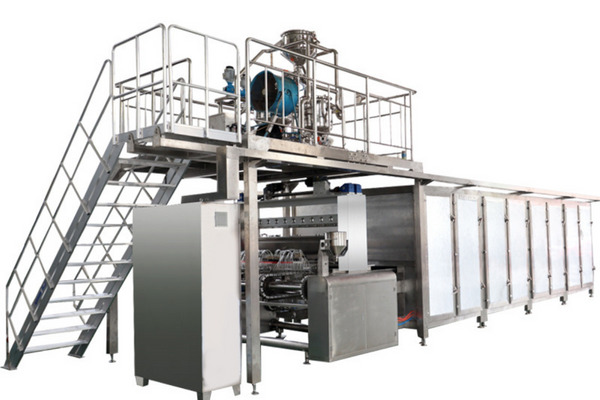
Large Scale Gummy Production Line
JY-600
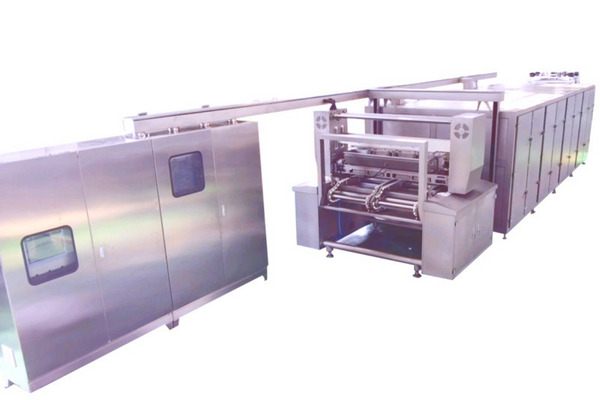
Ultra Large Scale Gummy Production Line
JY-1500
Applications
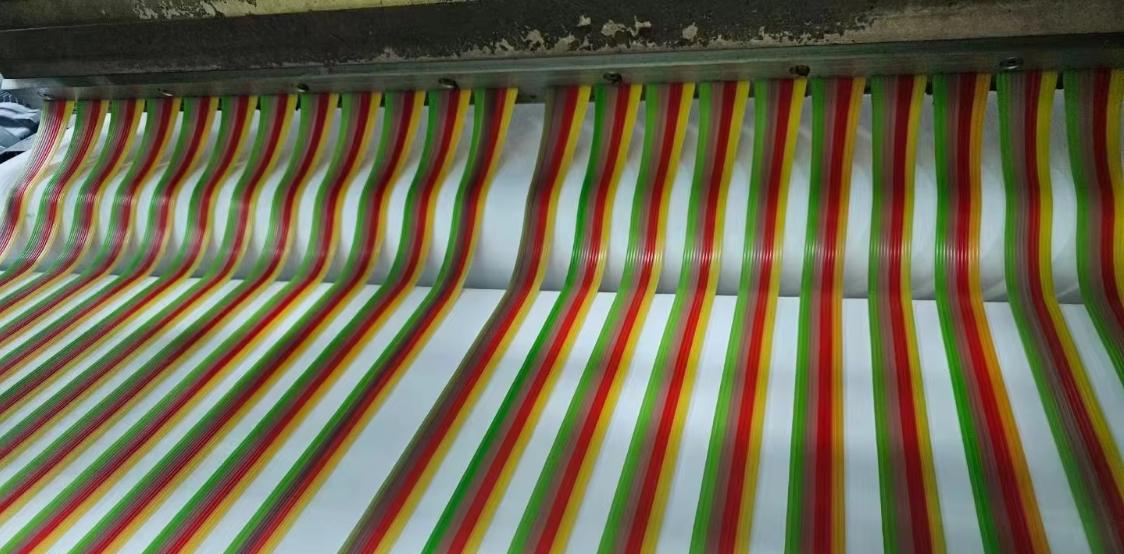
Sour Belt Candy Machine
Related Products

Candy / Gummy Kitchen CIP Cleaning System
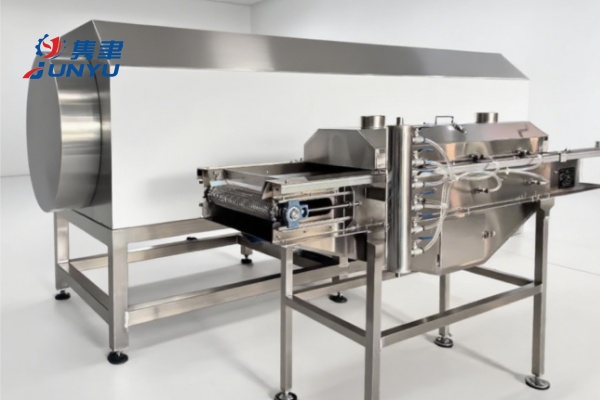
Steam-Humidifying & Sugar-Sanding Machine
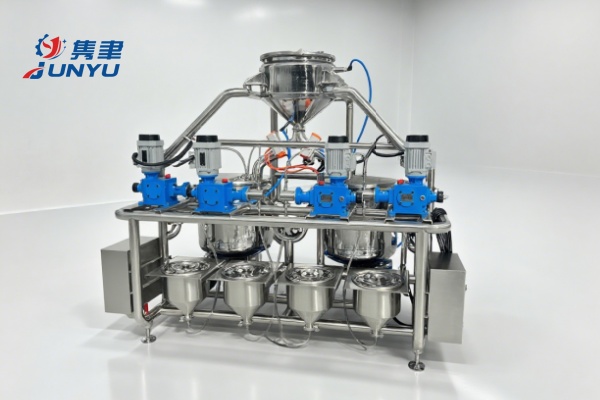
Automatic Weighing & CFA Adding Station
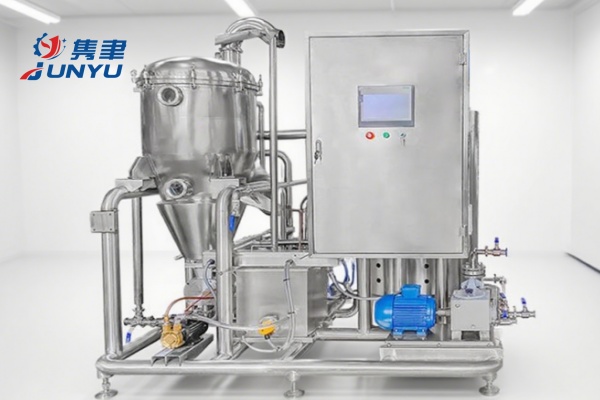
Raising Film Continuous Cooker
Specification Sheet for a Standard Gummy Production Line
| Model | Capicity(kg/h) | Casting Particles(hr) | Power(kw) |
| JY-50 | 50 | 15,000 | 20 |
| JY-80 | 80 | 25,000 | 20 |
| JY-150 | 150 | 40,000 | 30 |
| JY-300 | 300 | 80,000 | 35 |
| JY-450 | 450 | 120,000 | 40 |
| JY-600 | 600 | 240,000 | 45 |
| JY-1500 | 1500 | 800,000 | 50 |
| Stage | Parameter | Range |
| Preparation | Batch Size | 100 kg - 1000 kg |
| Raw Material Consumption | Gelatin, flavorings, etc. | |
| Mixing Time | 15 min - 1 hour | |
| Cooking and Conditioning | Cooking Temperature | 80°C - 120°C |
| Cooking Time | 2 hours - 4 hours | |
| Cooling Time | 1 hour - 3 hours | |
| Forming and Shaping | Extrusion Rate | 10 kg/h - 100 kg/h |
| Drying | Drying Time | 4 hours - 10 hours |
| Drying Temperature | 50°C - 70°C | |
| Packaging | Packaging Speed | 20 packs/min - 100 packs/min |
| Output Rate | Output Rate | 200 kg/h - 1000 kg/h |
| Energy Consumption | Energy Consumption | 50 kW - 150 kW |
| Safety Measures | Emergency Stop Buttons | Yes |
| Guarding | Yes | |
| Metal Detection | Yes | |
| Maintenance | Cleaning Frequency | Daily, after each batch |
| Lubrication Points | Every 40 - 80 hours |
Advantages of Junyu Gummy Machine
Junyu gummy candy production line is the ideal choice to meet the soft candy production needs. Our continuous cooking technologies bring exceptional levels of reliability, efficiency, and low production costs Compared to the ordinary kitchen.
Partner with us to produce unique, high-quality confectionery and nutraceuticals and achieve a high, long-term return on your investment.
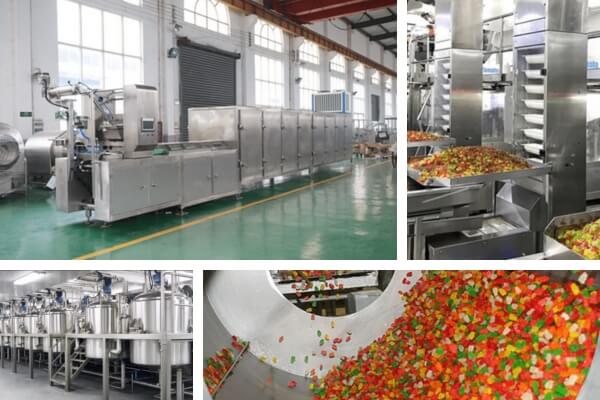
Gummy Molds


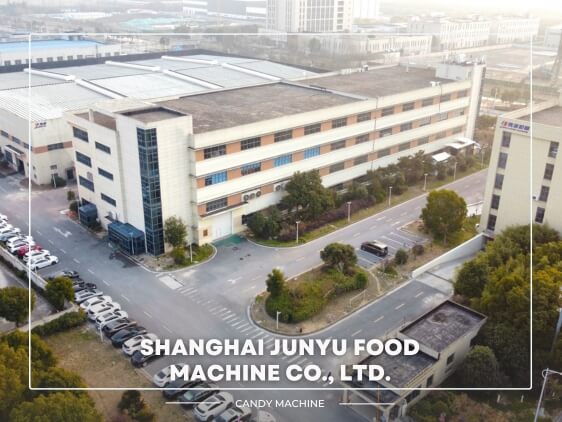
About Junyu
Top Gummy Candy Making Machine Manufacturer in China
Shanghai Junyu Food Machine Co., Ltd., founded in 1987, is a leading innovator in confectionery machinery, rooted in over three decades of expertise that began with our founder’s pioneering candy machines in the early 1980s.
Based in Shanghai Fengxian Industrial Zone, we design and manufacture world-class candy production lines, delivering tailored solutions to clients in over 100 countries. We are the ideal partner for food companies, raw material suppliers and agents.
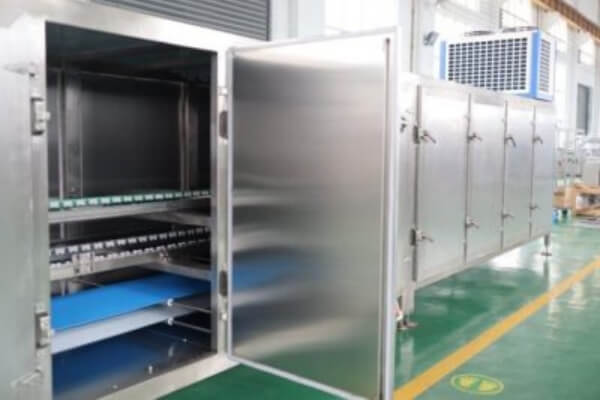
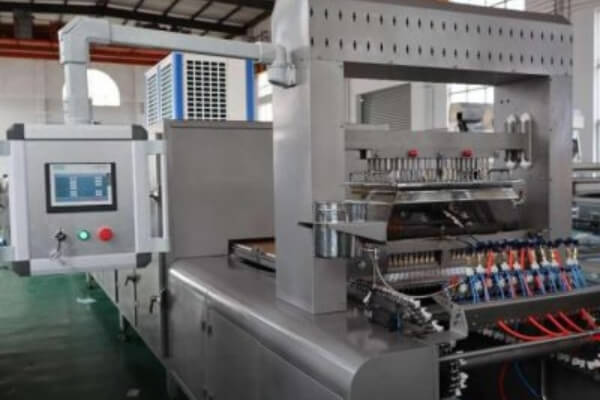
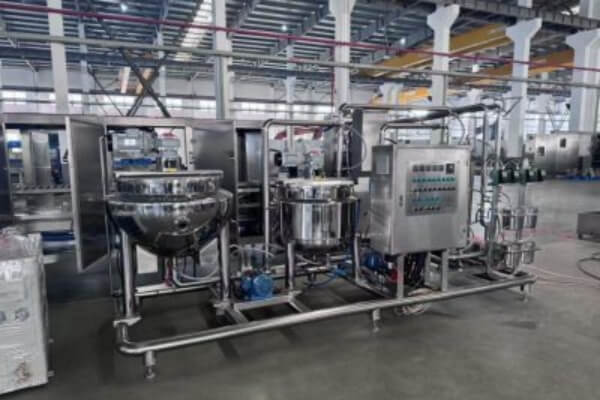
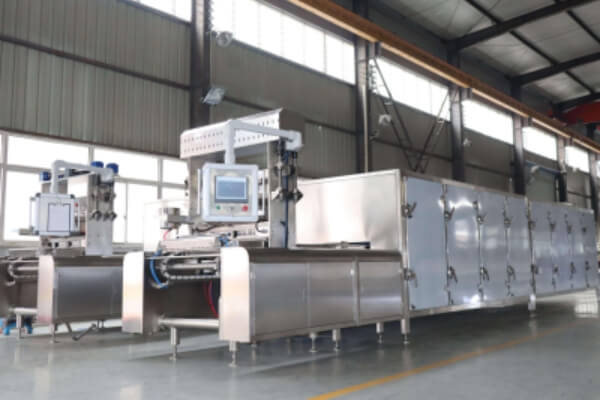
Why Choose Us



Types of Gummies We Produce
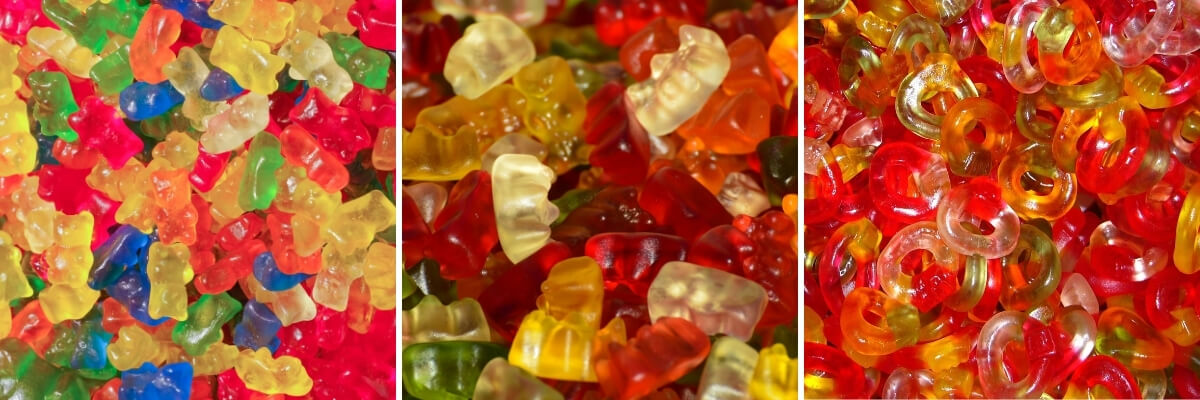
FAQs
Choose the Best China Candy Machine Production Equipment
Junyu is a company dedicated to creating machines that are customized case by case and every gummy machine created is tailor-made to your specific needs.
Why Choose Gummy Candy Production Line?
Choosing our Gummy Candy Production Line ensures you benefit from a fully automated, turnkey solution engineered for high efficiency and consistent quality. Featuring precision-controlled cooking, molding, and cooling units, this production line delivers uniform gummy shapes and textures at up to 500 kg/h capacity, reducing labor costs and minimizing waste. Our equipment is built with food-grade stainless steel, meets CE and ISO standards, and offers modular scalability so you can customize batch sizes and finishes to match market trends. Backed by 24/7 technical support, professional installation, and hands‑on operator training, our gummy candy machinery helps you launch new flavors faster, maintain stringent hygiene standards, and maximize ROI — making it the ideal choice for confectionery manufacturers aiming to stand out in a competitive marketplace.
How Much Does Gummy Candy Production Line Cost?
The investment for a gummy candy production line varies based on capacity, automation level, and customization—but typically ranges from $30,000 for a small semi‑automatic starter line up to $200,000+ for a fully automated, high‑capacity system.
Entry‑level lines (100–200 kg/h) with manual dosing and simple molding units start around $30K–$50K, while mid‑range turnkey solutions (300–500 kg/h) featuring integrated cooking, precise dosing pumps, and multi‑cavity silicone molds run $80K–120K. High‑end configurations (500–1,000 kg/h+) with PLC control, automatic demolding, and CIP cleaning can reach $150K–$200K+.
Final cost depends on optional upgrades—such as vacuum de‑aeration, sugar‑coating modules, or dual‑flavor depositor heads—as well as logistical factors like shipping, local installation, and on‑site training. Tailor your line to balance budget and output, ensuring you achieve the ideal throughput and product quality for your confectionery brand.
Discover the Secrets of Gummy Production Line
1. What is a Gummy Production Line?
A gummy production line is a sophisticated system that automates making gummy candies in quantities and with consistent quality. The gummy candy production line comprises several specialized machines that mix, heat, cool, mold, coat, and package the candies. This system eliminates human error, reduces production time, and ensures a standard level of quality.
How Does a Gummy Production Line Work?
Making gummy candies using a production line begins when the ingredients, including gelatin, sugar, corn syrup, flavors, colorings, and acid, are mixed. The mixture is then heated to a specific temperature, cooled, and flavored. It is then fed into a gummy candy mold and shaped into the desired design. Once the candies are set, they are removed from the molds and coated with sugar or sour powder before packaging.
Components of a Gummy Production Line
A gummy production line consists of several machines that work together to produce gummy candies. These machines include a mixer, cooker, cooling tunnel, depositor, starch-free former, sugar coater, and packaging. Each machine specializes in a specific process, from mixing the ingredients to packaging the final product.
Benefits of Using a Gummy Production Line
The use of a gummy production line offers several benefits. Firstly, it eliminates the need for human labor, ensuring consistent quality and reducing production costs. It also minimizes production time, as the automated system can produce gummy candies in large quantities quickly. Additionally, the gummy candy production line can make gummies in various colors, flavors, and shapes, providing consumers with a wide range of products.
Factors to Consider When Choosing a Gummy Production Line
When choosing a gummy production line for your business, several factors must be considered. These factors include the desired production capacity, cost, and available space. The production capacity dictates the type of gummy production line needed, while the price and open space influence the kind of machines that can be accommodated. Other factors include the level of automation required, maintenance costs, and the reputation of the production line manufacturer.
2. How to Choose a Gummy Production Line?
Factors That Affect the Performance of a Gummy Production Line
The performance of a gummy production line can be influenced by a variety of internal and external factors, such as the level of humidity and temperature in the production area, the type and quality of materials used in the process, the level of automation and sophistication of the machinery, and the level of expertise and training of your staff. Awareness of these factors can help you choose a gummy production line that meets your specific needs and can deliver consistent quality and high productivity levels over time.
Types of Gummy Production Lines Available in the Market
Several types of gummy production lines are available in the market today, ranging from small-scale manual machines to fully automated high-speed systems. Depending on your production capacity, product specifications, and budget, you can choose from various options such as batch processing, continuous processing, and combination systems. Each type has its features, advantages, and limitations, so it is essential to evaluate each option based on your business needs and priorities.
What to Look for in a Gummy Production Line Supplier?
Choosing the right supplier for your gummy production line can be equally important as selecting the right machinery. A reliable and experienced supplier can offer you valuable insights, technical support, and after-sales services that can help you optimize your production process, reduce operational costs, and improve the overall performance of your gummy production line. When evaluating potential suppliers, consider their reputation, experience, expertise, customer service, and pricing policies.
Cost Analysis of Gummy Production Line Investment
Investing in a gummy production line involves significant capital expenditure, so conducting a thorough cost analysis is essential before making a final decision. The costs of a gummy production line can vary depending on a range of factors such as the type and size of machinery, installation and setup fees, training and certification costs, maintenance and repair expenses, and energy consumption. By calculating the total cost of ownership and comparing it with the potential benefits and ROI, you can determine the actual value of your gummy production line investment and make an informed decision that aligns with your business goals and objectives.
3. What Are the Different Types of Gummy Candies That Can Be Produced Using a Gummy Production Line?
Gummy Worm Production and Its Characteristics
Gummy worms are a popular variant of gummy candies that can be produced using a gummy production line. These candies are usually long and thin in shape, with a slightly firmer texture compared to traditional gummy bears. This is achieved by using a higher concentration of gelatin and sugar in the recipe. The worms come in various colors and flavors, with some manufacturers even producing two-tone worms to add visual interest.
Sour Gummy Production and Its Features
Sour gummy candies are characterized by their tangy, acidic taste that contrasts with the sweet, gummy texture. This is achieved by adding citric acid to the recipe, which gives the candy its sour flavor. In addition to the classic lousy gummy bears, many manufacturers have expanded the range of sour gummies to include shapes like worms and rings. Some even offer super bad varieties for those craving a more robust flavor punch.
Fruit-Flavored Gummy Production and Its Distinct Features
Fruit-flavored gummy candies are a broad category that includes a wide range of flavors, from classic fruit flavors like strawberry and grape to more unique options like pomegranate and kiwi. These candies are often brightly colored to match the fruit they imitate and may even incorporate natural fruit juices for a more authentic taste. Another popular feature of fruit-flavored gummy candies is the addition of vitamin C to make them a healthier snacking option.
Filled Gummy Production and Its Unique Attributes
Filled gummies are a particular gummy candy with a liquid or gel center inside the gummy shell. Some common fillings include fruit puree, jelly, or even sour juice. These candies require a more complex production process, as the gummy shell must be carefully molded around the filling without breaking. However, the result is a candy with a unique texture and flavor profile that sets it apart from other gummy varieties.
4. What Is the Production Process of Gummy Candies?
Mixing and Cooking of Gummy Candy Ingredients
The first step in the production process of gummy candies is the mixing and cooking the ingredients. The sugar, gelatin, corn syrup, and water are combined in a large mixing tank and stirred until thoroughly blended. The mixture is then heated to a temperature of around 240°F, which activates the gelatin and helps to create the chewy texture of the candy. After heating, the flavorings are added to the mixture and poured into a holding tank.
Molding and Shaping of Gummy Candies
Once the gummy candy mixture has cooled to the proper temperature, it can be molded and shaped. The mixture is poured into a series of metal molds, which have been coated with a release agent. The molds are transferred to a cooling tunnel, where the gummy candies will set up and firm up. The cooling tunnel is typically set at around 50 to 60°F, and the sweets are left to set for several hours.
Coating and Finishing of Gummy Candies
After the gummy candies have been molded and shaped, they are ready to be coated and finished. This step involves adding a sugar or sour coating to the candies, which enhances their flavor and texturesweetsoating is applied using a specialized machine, which sprays the candies with the coating mixture. The sweets are arsweetstumbled in a rotating drum so sweets at the coating is evenly distributed. Finally, the candies are inspected for quality and packaged.
sweetsng and Labeling of Gummy Candies
The final step in gummy candies' production process is the finished product's packaging and labeling. The sweets are typically packaged in bags or boxes, depending on the size and quantity of the sweets. The packages are then sealed and labeled with the product name, ingredients, nutritional information, and other relevant information. Packaging is usually done using automated machines, ensuring the packages are sealed and labeled correctly.
Quality Control and Testing of Gummy Candies
Quality control is an essential part of the production process of gummy candies. Manufacturers use various testing methods to ensure that the sweets meet the highest quality standards. These include visual inspection, taste testing, and physical testing (such as measuring the texture and moisture content of the candies). Manufacturers also regularly check the production equipment to ensure it works correctly. By maintaining strict quality control standards, manufacturers can ensure that their gummy candies are consistent in flavor, texture, and appearance.
5. What Are the Essential Features of a Gummy Production Machine?
Efficiency and Productivity
An essential feature of a gummy production machine is its ability to produce large quantities of candy in a short timeframe efficiently. Efficiency and productivity are crucial in meeting the market's high demand for gummy candies. By automating the candy production process, these machines can avoid human errors, reduce labor costs, and optimize the use of raw materials. A well-designed gummy production machine can produce up to 30,000 gummies per hour, significantly reducing processing time and increasing output.
Flexibility to Produce Various Gummy Candy Shapes and Sizes
Gummy production machines should be flexible to produce various shapes and sizes of gummy candies. Consumers today demand more diversity in candy shapes, sizes, and colors. Therefore, gummy production machines should provide an option to produce gummies in different forms, such as bears, worms, fruits, and flowers. Additionally, the engine should be customizable to create gummies with different sizes, thicknesses, and weights. The ability to produce various shapes and sizes enhances product appeal and enables manufacturers to cater to different market segments.
Easy Operation and Maintenance
An essential feature of gummy production machines is their ease of use and maintenance. As these machines are complex and involve various moving parts, they require regular maintenance to maximize their lifespan and minimize downtime. Therefore, gummy production machines should be easy to operate and have straightforward maintenance procedures. Operators should receive proper training to use the equipment, while qualified technicians should carry out maintenance. The machine should also have a user-friendly interface that allows operators to monitor and control process variables such as temperature, mixing speed, and ingredient ratios.
Hygienic and Food Safety Standards
Another crucial feature of gummy production machines is their adherence to hygienic and food safety standards. Gummy candy production involves handling and processing various raw materials, including sugars, gelatin, flavors, and colors. Therefore, gummy production machines should be designed and constructed to meet hygienic standards to avoid contamination. The equipment should be easy to clean, with smooth surfaces that do not trap food particles. A good gummy production machine should also have a reliable food safety management system that ensures traceability and quality control throughout production.
Technological Advancements in Gummy Production Machines
Finally, gummy production machines should incorporate the latest technological advancements in the candy manufacturing industry. These advancements may include automated temperature and mixing controls, advanced recipe management software, and real-time monitoring systems. They can help improve machine efficiency, enhance product quality, reduce energy consumption, and increase output. Gummy production machines with technology-enabled features can help manufacturers drive innovation, reduce operational costs, and stay competitive.
6. Conclusion
In conclusion, a gummy production machine is specialized equipment designed to produce high-quality gummy candies efficiently. The essential features of a gummy production machine include efficiency and productivity, flexibility to create various gummy candy shapes and sizes, easy operation and maintenance, adherence to hygienic and food safety standards, and technological advancements. By incorporating these features, manufacturers can produce high-quality gummy candies that meet customers' diverse needs and preferences.
